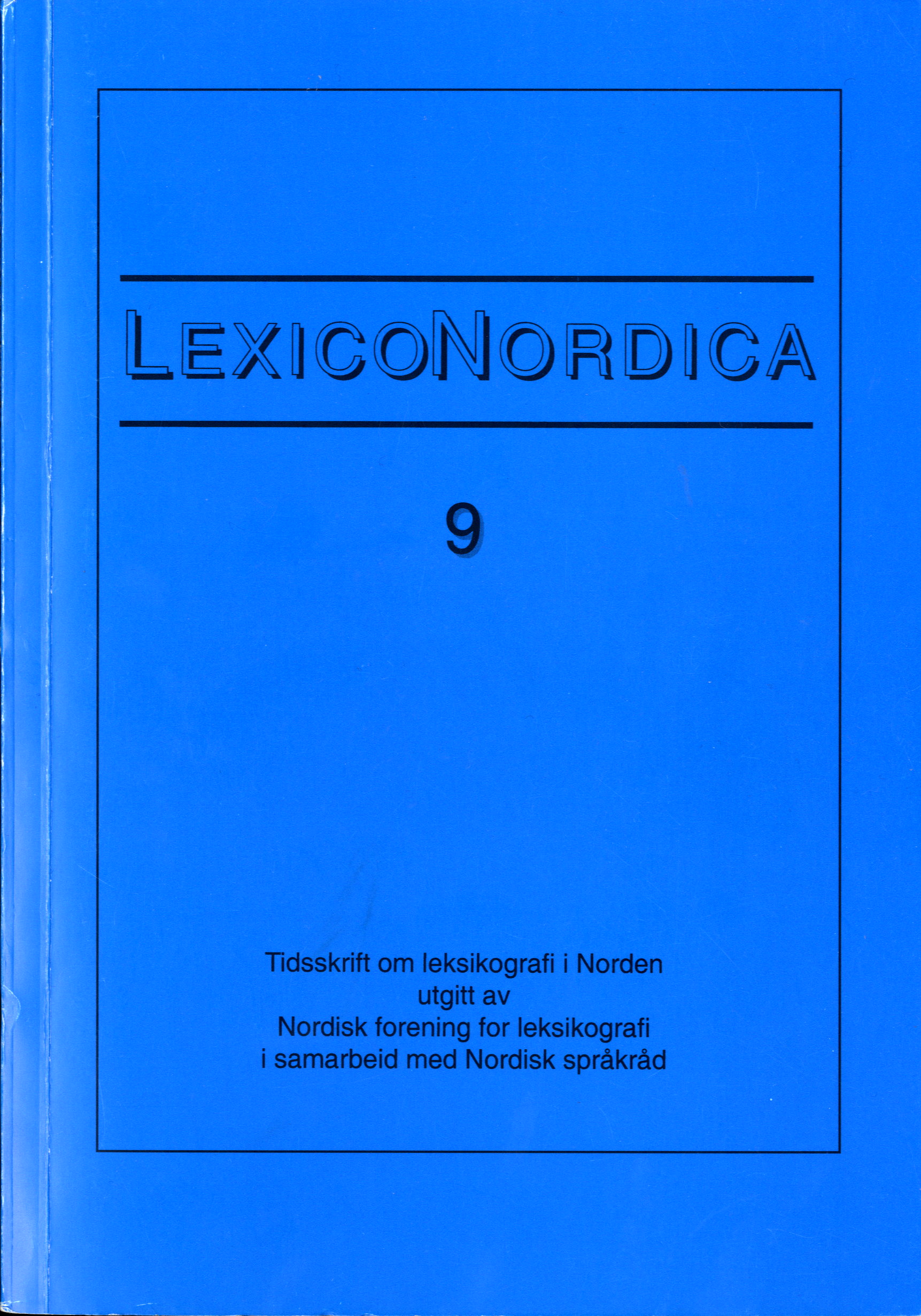Behandling av rettskrivingsvariasjon i norske ordbøker og ordlister
DOI:
https://doi.org/10.7146/ln.v0i9.18719Resumé
Spelling codification is a governmental responsibility in Norway, allocated to the
Norwegian Language Council. The policy of rapprochement between the two official
writing standards of Norwegian, Bokmål and Nynorsk, has led to several spelling
reforms and an extensive body of optional forms. Partly these forms are considered
equal, partly they are grouped in two levels, a main form (or more) to be used in
school textbooks and public service, and an optional secondary form (or more)
which may be used by pupils in schools and private persons generally. This
optionality applies to both the spelling of single words and whole morphological
categories, for instance in the choice between two or three genders in Bokmål and
the infinitive suffix in Nynorsk, which may be -a or -e. The most important tool for
the implementation of this official codification is word lists, produced by private
publishers, but needing governmental approval (given by the Language Council) to
be allowed in the school system. These lists shall in principle contain all optional
forms. But many of these optional forms are rarely used in writing, while forms that
are not allowed in the official spelling, may have been accepted as standard forms by
many users. The article discusses the treatment of this optionality in three main
dictionary types: spelling lists, monolingual definition dictionaries, and bilingual
dictionaries.
Downloads
Publiceret
Citation/Eksport
Nummer
Sektion
Licens
LexicoNordica og forfatterne





